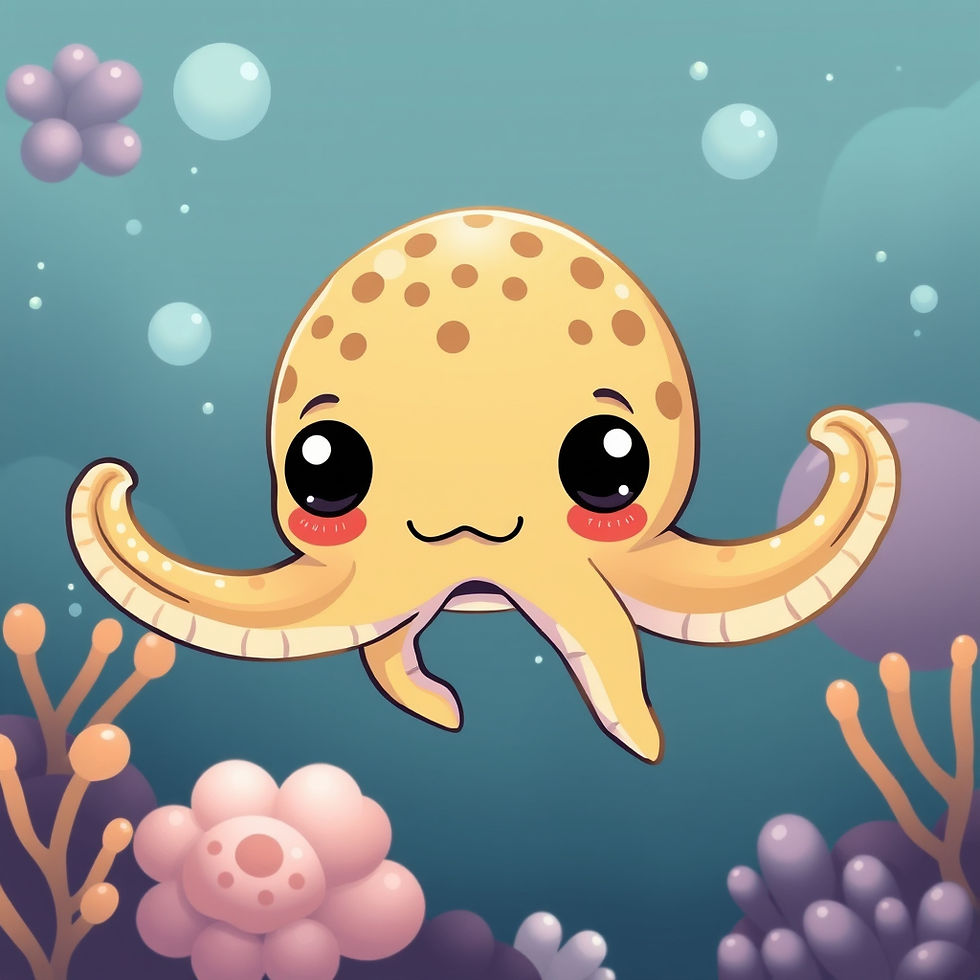Fun Facts About Koalas for Kids
- spencer655
- May 26
- 3 min read
Updated: Jul 10
Koalas might look like cuddly teddy bears, but they’re not bears at all! Native to Australia, these fuzzy creatures spend most of their time snoozing in trees and munching on eucalyptus leaves. Whether you’re a teacher preparing an animal lesson or just a curious animal lover, here are some wild and wonderful koala facts to spark your imagination.
Fun Facts About Koala "Bears"
Koalas aren’t bears.
They’re marsupials—just like kangaroos and wombats.
They carry babies in a pouch.
A baby koala, called a joey, lives in its mother’s pouch for about six months.
Koalas have unique fingerprints.
So similar to humans that even forensic scientists have been fooled.
Each koala has its own “eucalyptus recipe.”
They’re picky eaters—only eating certain types of eucalyptus leaves from specific trees.
Koalas hardly drink water.
They get most of their moisture from eucalyptus leaves. “Koala” even means “no water” in an Aboriginal language.
They make surprising sounds.
Male koalas bellow loudly to attract mates. It’s deep and raspy—not what you’d expect from such a cute face!
Koalas are expert climbers.
Their strong limbs and sharp claws help them grip tree trunks and leap between branches.
They have built-in cushions.
Koalas have extra-thick fur on their behinds to sit comfortably in trees all day.
A koala’s brain is very small.
Their brain fills less than half their skull—another reason they keep life simple.
They sleep in odd positions.
You’ll often find them hugging trees, dangling limbs, or curled like a furry ball.
Koalas only live in Australia.
You’ll find them in the wild in Queensland, New South Wales, Victoria, and South Australia.
Koalas have two thumbs on each hand.
Great for gripping branches and picking leaves.
Eucalyptus leaves are toxic to most animals.
Koalas have a special digestive system that neutralizes the poison.
Koalas are protected—but still vulnerable.
Habitat loss, bushfires, and disease have made them a species at risk.
Koalas have a strong sense of smell.
They use it to detect toxins in eucalyptus leaves and to recognize other koalas by scent markings on trees.
Koala joeys ride on their mother’s back.
After leaving the pouch, a joey clings to its mother’s back for several months while learning to eat and navigate trees.
Do Koalas Love to Sleep?
Yes—they’re true nap champions!
Koalas sleep up to 18–22 hours a day. That’s because eucalyptus leaves, their main food, are low in energy and hard to digest. To conserve energy, koalas spend most of their time resting. Think of them as the world’s fluffiest professional loungers!
What Do Koalas Eat?
Koalas eat only eucalyptus leaves, and they’re incredibly fussy about which types. Out of 600+ species of eucalyptus, koalas usually only eat about 30. The leaves are toxic to most animals, but koalas have a specialized gut that can handle them.
Where Do Koala Bears Live?
Koalas live in eucalyptus forests along the eastern and southeastern coasts of Australia. They depend on healthy trees not just for food but also for shelter and territory.
Are Koalas an Endangered Species?
Koalas are listed as vulnerable in many parts of Australia. Deforestation, bushfires (like the devastating 2019–2020 season), and disease (like chlamydia) threaten their populations. Conservation groups are working hard to protect them.
When Is Save the Koala Day in 2025?
Save the Koala Day is celebrated on the last Friday of September each year.
In 2025, Save the Koala Day falls on September 26, 2025.
It’s a day dedicated to raising awareness about koala conservation and supporting efforts to protect their habitats across Australia.
Do Koalas Get Along With People?
Koalas aren’t aggressive, but they’re wild animals and prefer to be left alone. In zoos and wildlife parks, they may be handled by trained professionals, but in the wild, it’s best to admire them from a distance.
Koalas might be sleepy, slow-moving creatures, but they’re packed with charm, mystery, and amazing adaptations. Teaching kids about animals like koalas helps build curiosity, compassion, and awareness for wildlife. Thanks for reading!

More fun facts for kids:


